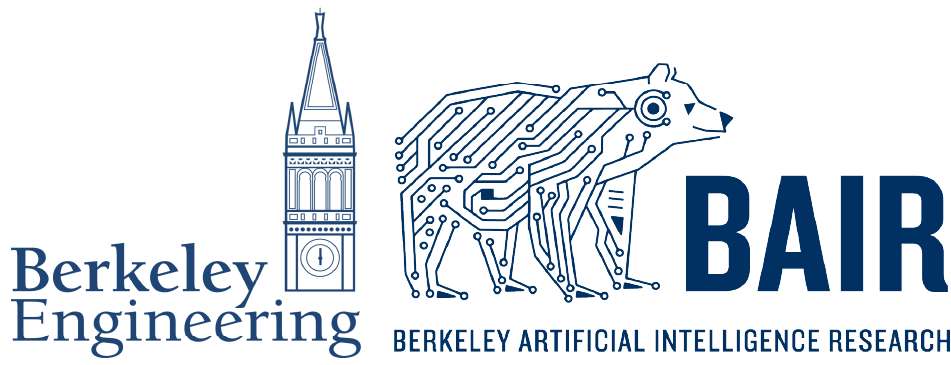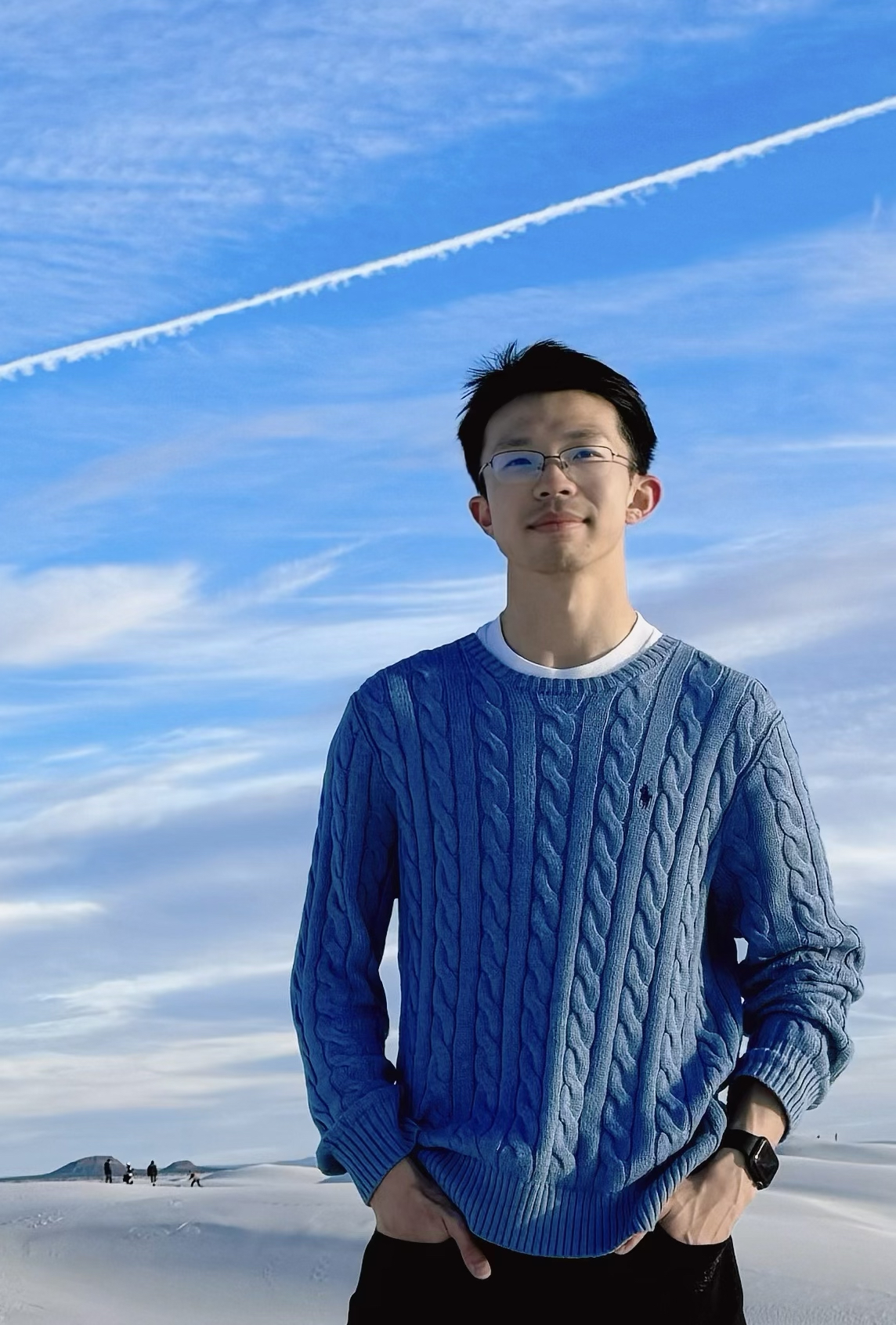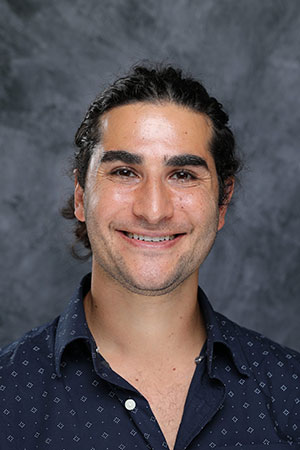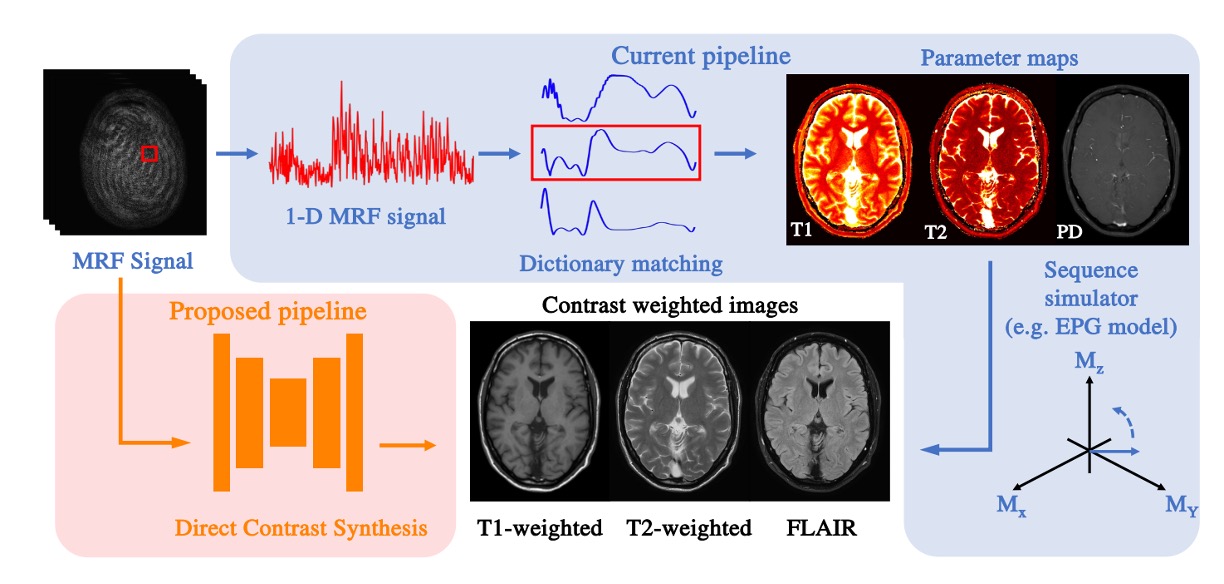
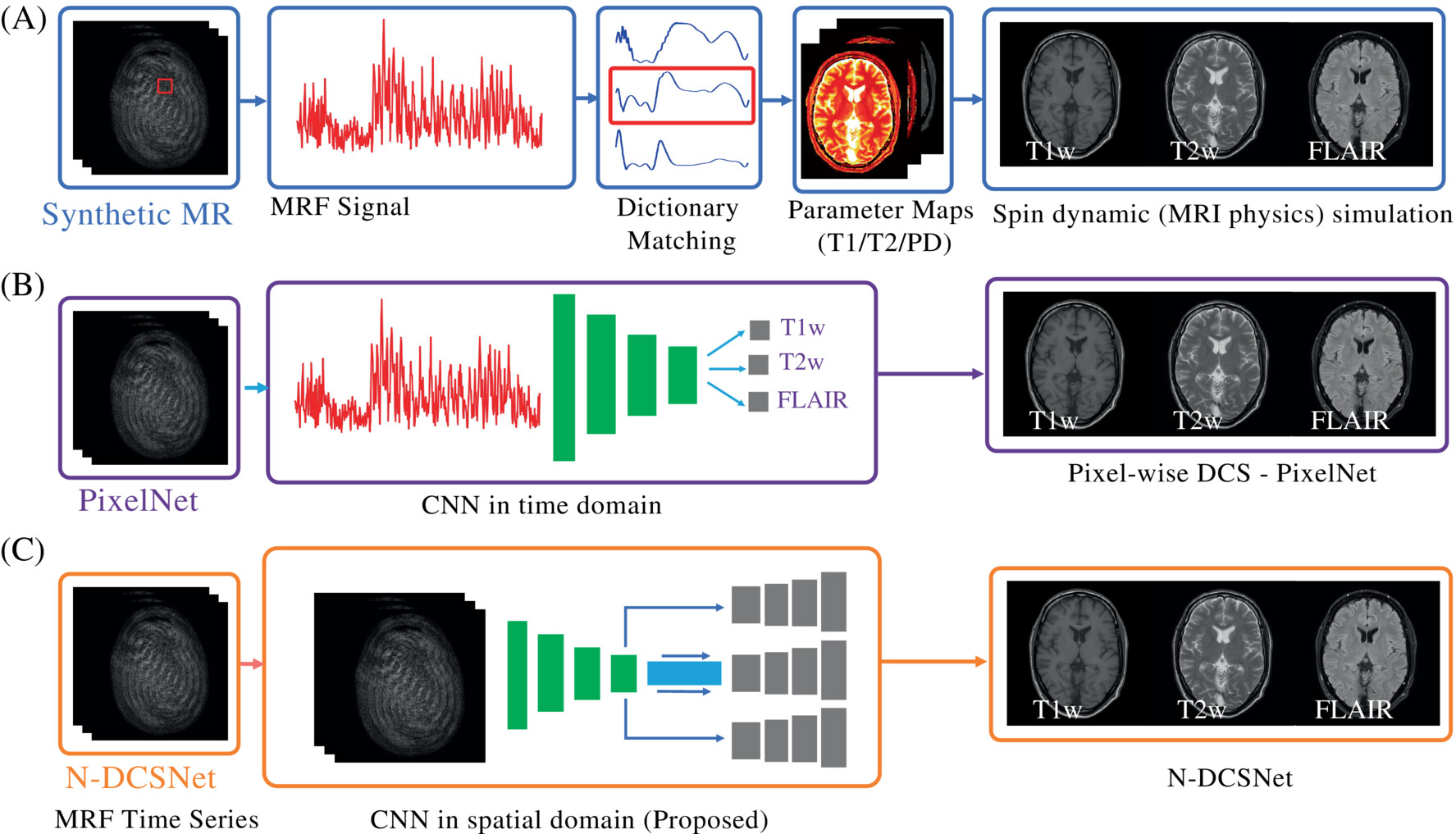
Magnetic Resonance Fingerprinting (MRF) is an advanced MRI technique that rapidly encodes multiple tissue properties into unique temporal “fingerprints,” enabling simultaneous parameter mapping. While conventional pipelines simulate contrast-weighted images from fitted parameters, they are prone to artifacts from modeling mismatches and acquisition imperfections. To overcome this, we introduce N-DCSNet, a conditional generative adversarial network with a multi-branch U-Net generator that directly synthesizes T1-weighted, T2-weighted, and FLAIR images from MRF time-series data. Trained on paired in vivo datasets, N-DCSNet leverages both spatial and temporal features to produce sharper edges, finer textures, and more faithful contrast than dictionary-based simulations or prior voxel-wise networks. The method also inherently mitigates spiral off-resonance and in-flow artifacts, achieving substantial improvements in perceptual quality and more than 20-fold faster inference speed. By bypassing quantitative fitting and physics-based simulations, our framework enables high-fidelity multicontrast MRI in a fraction of the time, holding promise for clinically efficient and artifact-robust imaging.
Key Contributions
- Direct contrast synthesis framework: Developing N-DCSNet, a conditional GAN with a multi-branch U-Net generator, to directly synthesize T1w, T2w, and FLAIR images from MRF time-series without quantitative mapping or simulation
- Artifact mitigation: Demonstrating inherent correction of spiral off-resonance blurring and in-flow artifacts that degrade conventional MRF reconstructions
- High-fidelity multicontrast imaging: Achieving sharper edges, finer textures, and more faithful contrast compared to parameter-based synthesis and voxel-wise networks
- Computational efficiency: Reducing inference time by over 20-fold relative to PixelNet and orders of magnitude compared to dictionary-based methods, enabling near real-time image generation
People
Related Publications
Last updated: 2025-09-03

